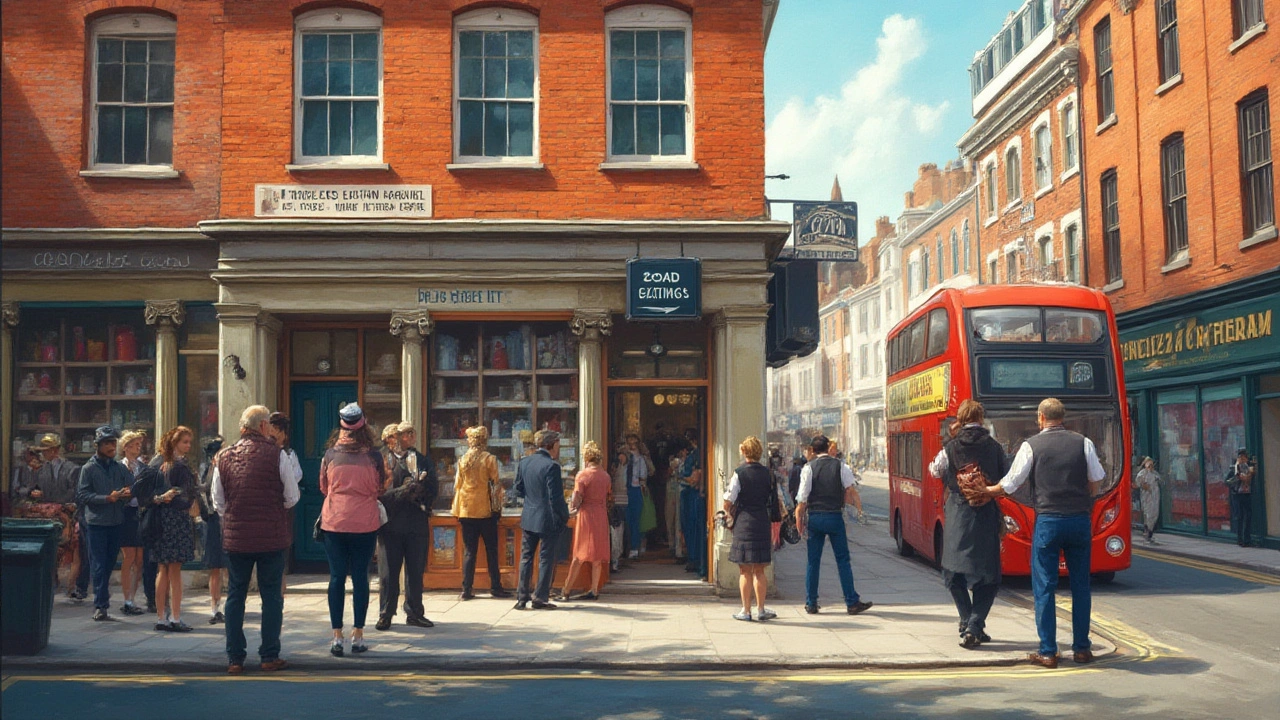Human Society: How Architecture, Art and Design Shape Daily Life
Buildings and public art do more than look nice — they guide how people move, where communities gather, and what a city remembers. Want simple ways to spot society at work in architecture? Look for who builds, who funds projects, and who gets the best light, views, and services. That tells you who mattered when the structure was made.
Take ancient Rome: grand aqueducts and amphitheaters solved real needs and showed power. Gothic Revival spires and stained glass signaled religious and civic pride. Mid-century minimalism in tech shows a different value: efficiency and focus. These styles are clues, like cultural fingerprints. Once you know the clues, you start noticing patterns on every street.
Three quick ways to read a place
1) Check scale and access. Big government buildings grouped on plazas often mean centralized authority. Narrow alleys with small shops suggest local, street-level economies. 2) Watch materials and upkeep. Marble facades and careful preservation hint at investment in legacy; patched brick may show shifting budgets or changing priorities. 3) Notice public space. Parks, markets, and benches tell you whether planners prioritized social life or car traffic.
Want practical tips for travelers or locals? Walk with a short checklist: name the era you think the main buildings belong to, note the primary materials, and find one public spot where people actually gather. Compare that to a postcard image or tourist guide — the reality usually reveals social change or local tensions that photos hide.
How design choices affect everyday people
Design affects daily routines: wide sidewalks invite walking and conversations; poor lighting pushes activity indoors or away. Architectural styles carry messages that shape identity. Neighborhoods with preserved colonial or Georgian rows can feel stable and exclusive. Revival styles — like Renaissance or Greek Revival — often aim to connect a place to older ideals, which can attract tourists and reshape local economies.
Small, low-cost changes can shift how a place feels fast. Start a bench campaign, fund a mural, or turn a vacant lot into a pop-up garden for a weekend. Ask your council for curb extensions or bike racks — these make streets safer and bring people out. Look for successful examples: a post office turned community center, or a row of shopfronts revived by a weekend market. These projects prove that social change often begins with an idea and a few neighbors.
If you care about community, think small and actionable. Support projects that add benches, shade trees, and affordable housing. When renovating, keep human-scale details: doorways you can reach, windows that let in light, and rooms that encourage interaction. Preservation matters, but adaptivity is too — reuse old shells for modern needs when possible.
Finally, use your voice. Attend a local planning meeting, share photos of neglected public spots, or back a small restoration fund. Architecture is not just history; it’s a tool people use every day. Read the city like a story and you’ll find clear ways to shape it for better living.

Functionalism Explained: How Society Works Together Like a Well-Oiled Machine
Functionalism in sociology digs deep into how parts of society work together to keep things running smoothly. Discover insights, facts, and practical examples in this lively guide.
Read more